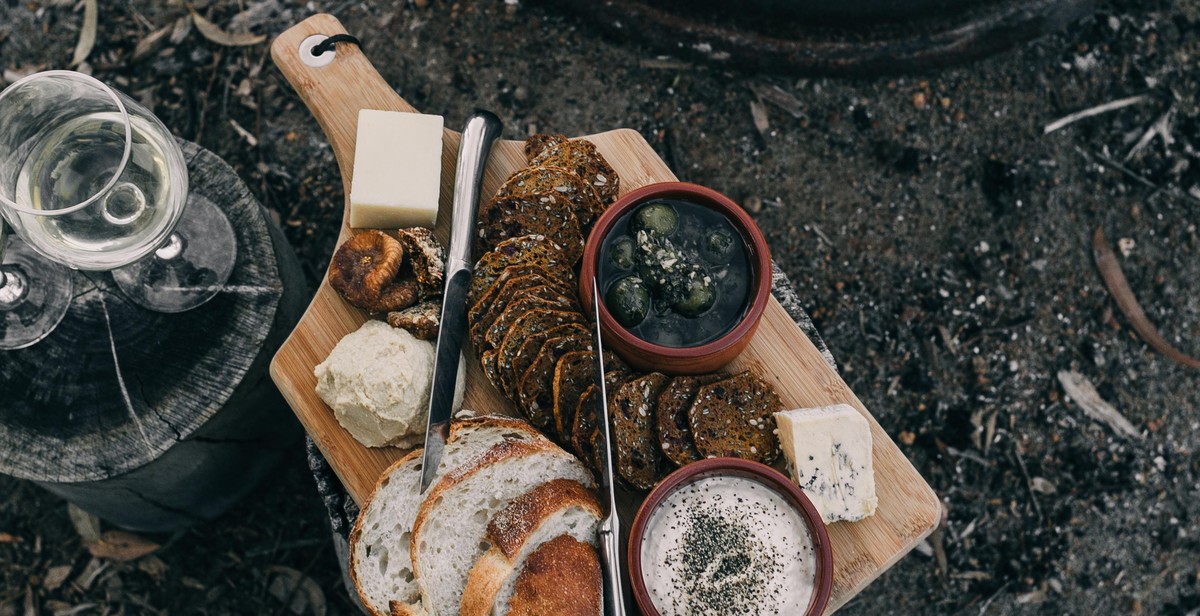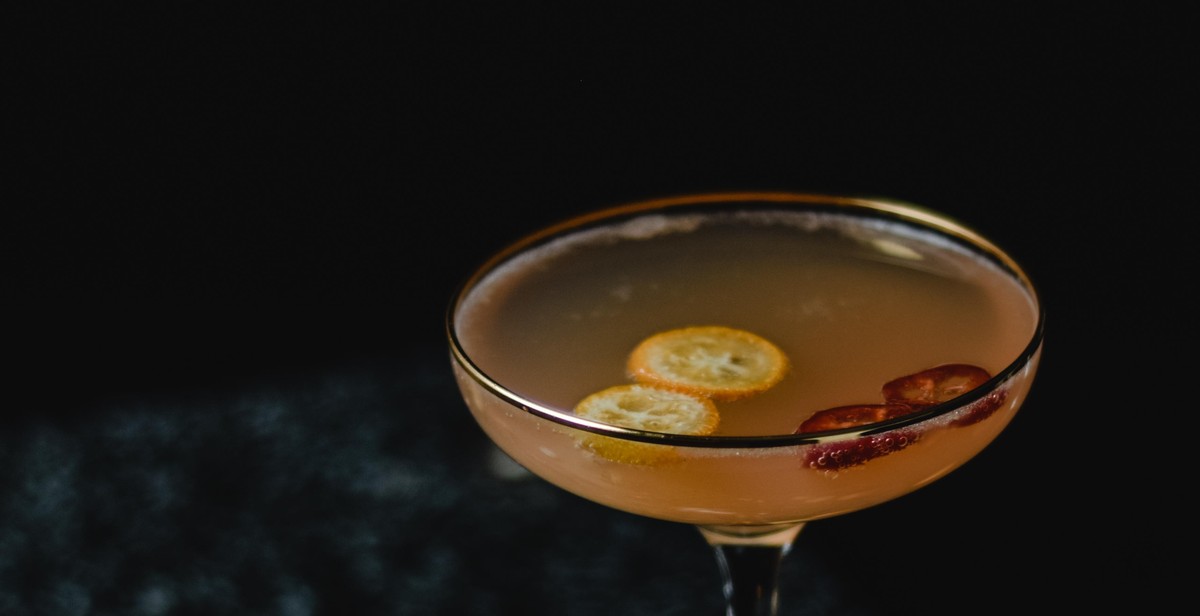How to Pair Wine with Spicy Foods: Balancing Heat and Flavors
Pairing wine with spicy foods can be a challenging task for even the most experienced wine connoisseurs. The heat and intensity of the spices in the food can easily overpower the subtle flavors of the wine, leaving an unpleasant taste in your mouth. However, with the right knowledge and understanding of flavor profiles, it is possible to create a harmonious balance between the two.
Why Pairing Wine with Spicy Foods is Challenging
Spicy foods contain capsaicin, a compound that creates a burning sensation in the mouth. This sensation can overwhelm the taste buds and make it difficult to appreciate the flavors of the wine. Additionally, the high acidity and tannins found in some wines can exacerbate the heat of the spice, making it even more intense.
Another challenge in pairing wine with spicy foods is the wide range of flavors and spices used in different cuisines. For example, Mexican cuisine often features bold and spicy flavors, while Indian cuisine is known for its complex blend of spices. This makes it difficult to find a one-size-fits-all approach to pairing wine with spicy foods.
Despite these challenges, there are certain guidelines and tips that can help you find the perfect wine to complement your spicy dish. In the following sections, we will explore these tips in detail to help you create a harmonious balance between heat and flavor.

Understanding the Heat of Spicy Foods
Before we dive into the art of pairing wine with spicy foods, it’s important to understand the science behind spiciness. The heat of spicy foods is measured using the Scoville Scale, which measures the concentration of capsaicin, the compound responsible for the sensation of heat.
Scoville Scale and Capsaicin
The Scoville Scale ranges from 0 to 16 million Scoville Heat Units (SHU). The higher the SHU, the spicier the food. For example, a bell pepper has a Scoville rating of 0, while a Carolina Reaper, currently the world’s hottest pepper, has a Scoville rating of over 2 million SHU.
Capsaicin is found in the white pith and seeds of peppers and is what makes them spicy. It stimulates the nerve endings in our mouths, causing a burning sensation. Capsaicin is also responsible for the release of endorphins, which can create a “rush” or euphoria.
How Spiciness Affects Wine
When it comes to pairing wine with spicy foods, the heat can be a challenge. Spicy foods can intensify the tannins and alcohol in wine, making them taste harsh and unbalanced. However, the right wine can actually complement and balance the heat of spicy foods.
The general rule of thumb is to pair spicy foods with wines that have lower alcohol content and higher acidity. The acidity in wine can help cool the mouth and balance the heat of spicy foods. Wines with lower alcohol content, such as Riesling or Gewürztraminer, can also help tame the heat.
Keep in mind that personal preference plays a big role in wine and spicy food pairings. Some people prefer to contrast the heat with a sweeter wine, while others prefer to complement it with a bold, fruity red. Experimentation is key!

Pairing Wine with Mildly Spicy Foods
When it comes to pairing wine with spicy foods, the general rule is to choose a wine that has a lower alcohol content and higher acidity to balance out the heat. Mildly spicy foods, such as dishes with a hint of chili or jalapeño, can be paired with a variety of wines, including white wines, rosé wines, and light-bodied red wines.
White Wines
White wines are a popular choice for pairing with mildly spicy foods due to their high acidity and refreshing qualities. A crisp and refreshing Sauvignon Blanc or a dry Riesling can complement the flavors of a mildly spicy dish, while also toning down the heat. The sweetness of a Gewürztraminer can also be a good match for mildly spicy Asian dishes.
Rosé Wines
Rosé wines are another great option for pairing with mildly spicy foods. The light and fruity flavors of a dry rosé can balance out the heat of a spicy dish, while also complementing the flavors. A rosé made from Grenache or Syrah grapes can be a good match for mildly spicy Mediterranean or Middle Eastern dishes.
Light-Bodied Red Wines
While red wines are not typically recommended for pairing with spicy foods, some light-bodied red wines can work well with mildly spicy dishes. A Pinot Noir or a Beaujolais can complement the flavors of a mildly spicy dish without overpowering the heat. These wines also have a low tannin content, which can help to cool down the mouth after eating spicy food.
| Wine Type | Recommended Varietals | Recommended Dishes |
|---|---|---|
| White Wine | Sauvignon Blanc, Riesling, Gewürztraminer | Spicy Asian dishes, Mexican dishes with a hint of chili |
| Rosé Wine | Grenache, Syrah | Mediterranean or Middle Eastern dishes with a hint of spice |
| Light-Bodied Red Wine | Pinot Noir, Beaujolais | Mildly spicy dishes with tomato-based sauces |

Pairing Wine with Moderately Spicy Foods
When it comes to pairing wine with spicy foods, it’s important to consider the heat level of the dish and the flavors that accompany it. While some may opt for a cold beer to balance the heat, wine can also be a great option. Here are some suggestions for pairing wine with moderately spicy foods:
Off-Dry White Wines
Off-dry white wines, such as Riesling or Gewürztraminer, can be a great option for pairing with moderately spicy foods. The sweetness in these wines can help to balance out the heat, while also complementing the flavors in the dish. For example, a slightly sweet Riesling can pair well with spicy Thai or Indian curries, as well as dishes with a touch of sweetness, like sweet and sour chicken.
Fruity Red Wines
Fruity red wines, such as Zinfandel or Shiraz/Syrah, can also be a good choice for pairing with moderately spicy foods. The fruitiness in these wines can help to balance out the heat and enhance the flavors in the dish. For example, a Zinfandel can pair well with spicy barbecue dishes, while a Shiraz/Syrah can complement the spice in a hearty chili.
Sparkling Wines
Sparkling wines, such as Prosecco or Champagne, can be a surprising but effective pairing for moderately spicy foods. The effervescence in these wines can help to cool down the heat, while also complementing the flavors in the dish. For example, a Prosecco can pair well with spicy seafood dishes, while Champagne can enhance the spice in a flavorful Thai dish.
| Wine Type | Examples | Best Pairings |
|---|---|---|
| Off-Dry White Wines | Riesling, Gewürztraminer | Thai or Indian curries, sweet and sour dishes |
| Fruity Red Wines | Zinfandel, Shiraz/Syrah | Barbecue dishes, chili |
| Sparkling Wines | Prosecco, Champagne | Seafood dishes, Thai dishes |
Overall, pairing wine with moderately spicy foods can be a fun and flavorful experience. By considering the heat level and flavors in the dish, as well as the characteristics of the wine, you can create a balanced and enjoyable pairing.

Pairing Wine with Very Spicy Foods
Pairing wine with spicy foods can be a challenge, as the heat and flavors of the food can overpower the wine. However, with the right pairing, you can balance the heat and flavors of the food with the wine, creating a delicious and memorable dining experience.
Sweet Wines
Sweet wines are an excellent choice for pairing with very spicy foods. The sweetness of the wine can help to counteract the heat of the food, while the fruit flavors can complement the flavors of the dish. Some good options for sweet wines include Riesling, Moscato, and Gewürztraminer. These wines are also known for their acidity, which can help to cut through the spiciness of the food.
Bold and Tannic Red Wines
Bold and tannic red wines are another option for pairing with very spicy foods. The tannins in these wines can help to cleanse the palate between bites, while the bold flavors can stand up to the heat of the food. Some good options for bold and tannic red wines include Malbec, Zinfandel, and Syrah. These wines are also known for their fruity and spicy notes, which can complement the flavors of the dish.
Beer
Beer is another excellent option for pairing with very spicy foods. The carbonation in beer can help to refresh the palate between bites, while the bitterness can counteract the heat of the food. Some good options for beer include IPAs, stouts, and Belgian ales. These beers are also known for their complex flavors, which can complement the flavors of the dish.
| Wine Type | Flavors | Spiciness |
|---|---|---|
| Sweet Wines | Fruit | Low to Medium |
| Bold and Tannic Red Wines | Fruit, Spice | Medium to High |
| Beer | Bitter, Complex | Medium to High |
When pairing wine with very spicy foods, it’s important to consider the heat and flavors of the dish, as well as the characteristics of the wine. By choosing the right wine, you can create a harmonious balance between the heat and flavors of the food and the wine, resulting in a delicious and memorable dining experience.

Conclusion
Pairing wine with spicy food can be a tricky task, but with the right knowledge and approach, it can be done with ease. The key is to focus on balancing the heat and flavors of the food with the wine’s characteristics.
Start by analyzing the spice level and flavor profile of the dish. Then, choose a wine that complements those flavors. A good rule of thumb is to choose a wine with a similar intensity level to the dish. For example, a bold red wine can stand up to a spicy curry, while a light white wine can pair well with a dish that has a mild spice level.
Another important factor to consider is the wine’s acidity. High-acid wines can help cut through the spice and refresh the palate, making them a great choice for spicy food. Some popular options include Riesling, Sauvignon Blanc, and Pinot Grigio.
Ultimately, pairing wine with spicy food is all about experimentation and finding what works best for your palate. Don’t be afraid to try new combinations and trust your taste buds. With these tips in mind, you’ll be able to create a perfect pairing every time.
| Key Takeaways: |
|---|
| 1. Choose a wine that complements the spice level and flavor profile of the dish. |
| 2. Consider the wine’s acidity to cut through the spice and refresh the palate. |
| 3. Experiment with different pairings and trust your taste buds. |
